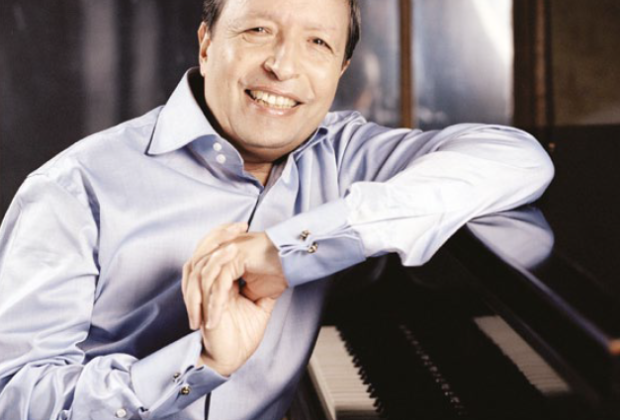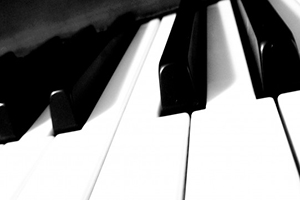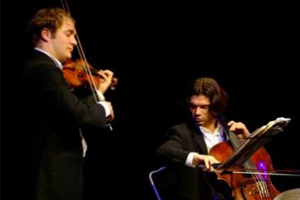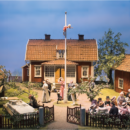
“If you want to be more than a virtuoso, first be a virtuoso”
The title represents the best piece of advice ever received by Murray Perahia, the American pianist who was considered a great Mozartian. He shared memories with our magazine about the famous musicians helping him evolve, from the weeks spent with Pabla Casals to the days spent in the company of Vladimir Horowitz.
You started taking piano lessons at the age of six with Janet Hein, whom you worked with for 11 years. What was the reason for your separation?
Eleven years is enough with one teacher I think, no matter what. However, having said that, in many ways she was great, especially because she made me study the chorales and figured bass and all the theory of music and that was good. She had good musical values, but what I found difficult was that we’d be working to perfect one piece for maybe a month up to a year and I didn’t get much of a repertoire, I didn’t have a chance to explore things, so my study was a little bit regimented.
The interest in chamber music led you to Rudolf Serkin and Pablo Casals with whom you played at Marlboro. What memories do you have with the great cellist?
Yes, a great cellist, I have very, very warm memories because he liked me very much in Marlboro and therefore invited me to his home in Puerto Rico twice. I went for a week each time to play chamber music, so I played all week with Pablo Casals; Alexander Schneider played the violin, Boris Kroyt would play the viola. we played quartets and sometimes sonatas with Casals or sometimes his own compositions. It was a fascinating week. I was very young at the time, I was seventeen but I will remember it for the rest of my life. And I will also remember that he played preludes and fugues by Bach every morning at the piano; plus he played cello suits. So, every day I would hear him play.
After that, you had lessons with Horszowski, known by the music lovers for a special cantabile that he knew how to play very well, especially Mozart…
Well, Mozart, Bach, I love his playing in everything actually, but you are right about the cantabile, he had a very beautiful playing style which was inimitable; I think maybe it had to do with the training he had with Leschetizky, I don’t know, but it was just extraordinary to hear that manner of playing.

At the age of 18 you received a call from Vladimir Horowitz who proposed you to study with him. What was the influence of the great virtuoso?
What happened was that I didn’t study with him at that time because I was frightened to work with him. So it was many many years later, when I was in my mid thirties in fact, that I called him up and I visited him constantly for about four or five years. He said something very important to me, he said: “If you want to be more than a virtuoso, first be a virtuoso”. This meant going through Liszt, Rachmaninov and Scriabin and other virtuoso music and it was a wonderful experience.
You then worked with Benjamin Britten and Peter Pears…
Yes, that’s correct, that was here in the Aldenburgh Festival. I first heard them play together in New York, I was very impressed and then, when I was in the Leeds Competition I had a chance to visit with them. And then because Britten was sick, I actually accompanied Peter Pears for about five years.
Even if you didn’t know them, what lesson did you learn from the pianists of the first half of the century? I am thinking, for instance, about Arthur Schnabel, Edwin Fischer, Alfred Cortot and Dinu Lipatti.
These are very very great pianists and it’s hard to pinpoint what I have learnt from them, but they all posses a certain naturalness in making music… a certain familiarity with every musical piece they would play like they somehow owned the piece that they were playing. Playing was never mechanical for them, it was something from inside and their convictions would come out in the open through the music. So, yes, they represented an important incentive for me.









